The Science of Rock Dust and Carbon Removal with Enhanced Weathering
Carbon dioxide (CO2) is one of the three main greenhouse gasses causing climate change, which is projected to increase global temperature by 5.7° F by the year 2100. This may not seem like a large change, but the Natural Resources Defense Council warns that it can lead to serious consequences for the planet and humanity, including more severe weather, higher sea levels, crop loss, and more. As a planet, we need to prevent this.
According to Professor Jason Smerdon of Columbia Climate School, the soil and oceans naturally remove CO2 from the air, making them what are called carbon sinks. However, existing carbon sinks are not currently removing carbon fast enough to make up for emissions. While reducing emissions is part of the solution, we also need to speed up carbon removal, and this is where enhanced weathering enters the picture. Enhanced weathering is the process of applying rock dust to increase the rate at which carbon is pulled out of the atmosphere. This is one of the techniques explored by the Climate Cleanup Foundation, which works to advance carbon sequestration and hosts an Annual Enhanced Weathering Conference to explore current research into this exciting new area.
Conference begins: Introduction and marine rock dust
The Climate Cleanup Foundation held their 4th meeting in Amsterdam on May 4th, 2022. The day began with a general introduction to the theory of enhanced weathering. Experts from worldwide organizations including the Netherlands, Germany, and the United States, as well as Sven Jense, the founder of Climate Cleanup, introduced attendees to olivine, a type of basalt rock that is quite common and the focus of much of the research into enhanced weathering. Rob Steenkamp of the University of Hamburg wrapped up the introductory session with a talk on the legal aspects of using rock dust in marine environments, which introduced the first session’s topic: marine ecosystems.
The marine ecosystems session explored applying rock dust in the oceans. The expectation is that this will increase their alkalinity and thereby their ability to sequester carbon. The potential impact of rock dust on oceanic life such as phytoplankton, coral, seagrass, and bacteria were the main focal points of the nine research studies presented. These studies offered many reasons to be hopeful about marine application of rock dust and found no reasons to suspect it could be harmful. The session’s Q&A session focused largely on the near future for marine rock dust application. While many presenters recommended longer term studies are needed, the consensus was that current research supports its use. The next steps are securing funding to apply the research and monitor what happens in the field.
Removing carbon through rock dust application on crop land
During the next session, speakers presented ten studies examining the use of rock dust on soil for CO2 removal. Since the most likely way to apply rock dust on soil is in the process of farming, most of these studies looked at rock dust applied to crop soil. Some investigated different combinations of rock dust to compare their different impacts.
Project Carbdown’s work, presented by Elisabete Trindade Pedrosa, involved applying basalt and olivine separately to flower and corn fields in Germany at the rate of 40 tons/ha. They followed up weekly, measuring accumulation sampled at 30cm depth (11.8in) for six months. Upon seeing no signs of enhanced weathering, they added an additional experimental field with basalt at the rate of 400 tons/ha, which was monitored with an automated sampling system beginning six weeks into the study. They found that in this field (with 10x more basalt) there were signs of enhanced weathering in the form of dissolved inorganic carbon and total alkalinity at much higher levels than in the fields with only 40 tons/ha of rock dust.
Rafael Santos, PhD, of the University of Guelph, and his team at GeoRewind Team presented data on a different type of rock dust — wollastonite. It is a soil amendment accepted by the Organic Materials Review Institute that is available in close proximity to their field trial locations. They spread it at a rate of five tons/ha in fields being actively used by farmers to grow leafy vegetables, potatoes, soybeans, wheat, and corn from 2017 to 2021. As some fields have been added over time, the most long-term data is available for the leafy vegetable fields. Over the course of three years, 6.05 tons of CO2 were sequestered per hectare. According to Santos, the strengths of wollastonite include its similarity in size to limestone, so farmers may use the same machines to spread it, and its acceptability to farmers due to its widely acknowledged safety.
Mel Murphy presented about the first four months of a planned 10-year project. The Future Forest Company applied 1,000 tons of crushed basalt at the rate of 20 tons/ha on agricultural soil in East Lothian, Scotland. They acquired their basalt as a byproduct of quarries, so the crushing is already done and does not add to the emissions of its use. Baseline soil sampling was completed prior to spreading using a combination of terramapping and in situ soil samples. They found two soil textures in the fields, but both types were acidic (pH 6.2-6.8). Trends four months into the 10-year study already indicate approximately 0.2 tons of CO2 sequestered per ton of basalt applied.
While the above results are quite positive, some studies’ results were less conclusive. In a presentation by Ingrid Smet, PhD of Fieldcode, she explained how her team applied a total of 4.5 tons of six different European rock dusts and six tons of biochar to two hectares of cotton fields in Greece. They manually applied eight treatments of each rock dust at the rate of 40 tons/ha. This is significantly more than is normally applied, so they also tested a more practical application to mimic actual use in farming, in this case, six mechanically applied treatments of two different rock dusts at the rate of 1.2 tons/ha. They collected soil water, soil, and cotton leaves for assessment. While they found no negative crop effect, they also identified no chemical signature for enhanced weathering. This may be due to the normal farming procedures, such as the application of fertilizers, obstructing the needed data, or it could be that the soil is not a good candidate for enhanced weathering.
Similarly, Arthur Vienne of the University of Antwerp described applying basalt rock dust at the rate of 50 ton/ha to controlled plots with alkaline soil containing three potato plants each. They measured only an insignificant change in total inorganic carbon during the 100-day experiment when compared to the control plots with no rock dust application. While the model for this experiment assumed less than three months of study and predicted 4.5tons of CO2 sequestered per ha, Vienne indicated that more long-term, multi-year experiments are needed.
Overall, while not all results were strongly positive, we can see a growing trend of science demonstrating the benefits of rock dust for agriculture and the efficacy of rock dust for enhanced weathering.
A long-term lens for enhanced weathering with rock dust
Long-term viability is a key issue in the work to mitigate climate change, and the conference included research from a long-term perspective. One 10-year study presented by Thomas Rinder, PhD, of the University of Salzburg found that using basalt rock dust in Austria produced between 5.2 million and 18.3 million tons of CO2 drawdown over the course of the decade. Unfortunately, the rate of CO2 emissions is 80 million tons annually. Thus in 10 years, only about 2% of annual emissions were removed, at most. This study also found that smaller rock sizes led to impactful weathering effects but cautioned that these small sizes also require more energy to grind.
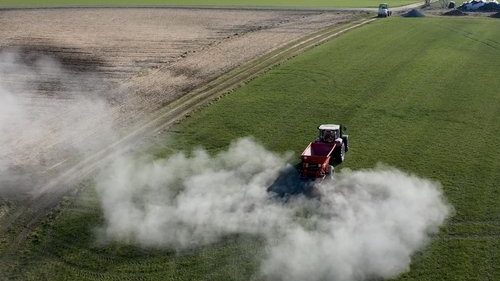
Eric Matzner, cofounder of Project Vesta, presented on the formation of an Enhanced Weathering Consortium. Matzner’s work won him the first ever Olaf Schuiling Award for “the most interesting scientific research or contribution to the field of enhanced weathering as a natural climate solution” at the 2021 conference. This year, he stressed that enhanced weathering work involves professionals beyond farmers, scientists, and miners. Lawyers, managers, community residents, and more must also be involved in the work. His goal is to establish a group that agrees to and works toward a set of universal standards. An illustration of where this group could make a difference is the need for standardized sensors. Matzner believes that if we all work together, we can help guarantee a marketplace to the companies we rely on to create them and to ensure they meet the necessary standards. Matzner invites anyone interested in joining to fill out this simple form.
The Q&A session continued this focus on the future, with many speakers discussing how essential it will be to get buy-in from our farmers. Speakers highlighted that we must not solely discuss CO2 sequestration when approaching farmers but also to emphasize other benefits, like magnesium enhancement. Santos highlighted that in his experience a spreading size between 10 and 100 microns is most optimal for farmers.
An exciting enhanced weathering future
More longer term, multi-year research is needed, but current studies indicate that the use of rock dust does enhance the removal of CO2. Although researchers were cautious to explore potential negative impacts from its application, the evidence thus far indicates it to be safe for both marine life and crops. Next steps include more field work, raising public awareness, and the bringing together of all interested professionals, companies, nonprofits, communities, and governments to establish and work toward standards in enhanced weathering. It is also important to note emission reduction is still crucial in our work to slow down climate change. Current research indicates the rate of CO2 removal brought by enhanced weathering cannot keep pace with the current rate of emissions; we must see enhanced weathering as one important part of a multi-pronged strategy for the future.
The full conference schedule and some presentations are available free online.
Amanda Nevius is a nonfiction writer with 10 years of experience writing, editing, and proofreading educational and academic materials. She is a development officer at Recovery Partners of Vermont. She has a Master of Library & Information Science degree from Simmons University and a Bachelor of Arts in English degree from Brandeis University.
Support us on Patreon
Thank you for joining us today! Please become a member of RTE and support us on Patreon. Unlike many larger organizations, we work with a team of determined and passionate volunteers to get our message out. We aim to continue to increase the awareness of remineralization to initiate projects across the globe that remineralize soils, grow nutrient dense food, regenerate our forests’ and stabilize the climate – with your help! If you can, please support us on a monthly basis from just $2, rest assured that you are making a big impact every single month in support of our mission. Thank you!

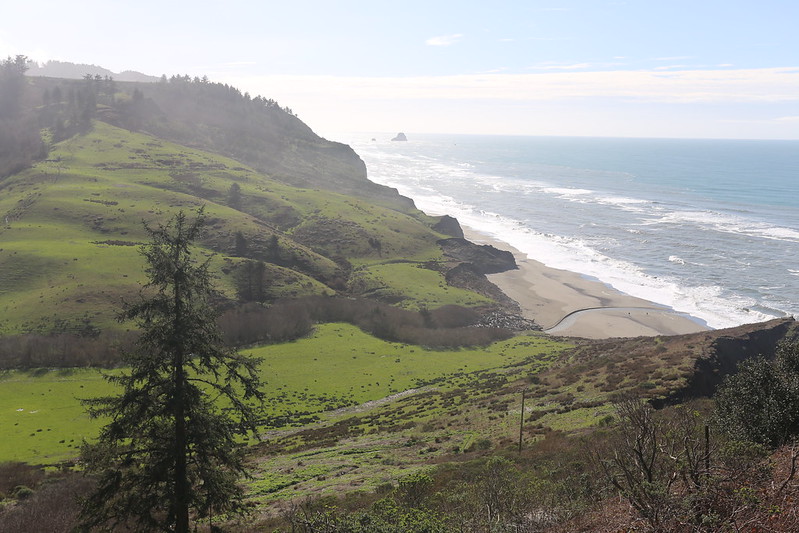
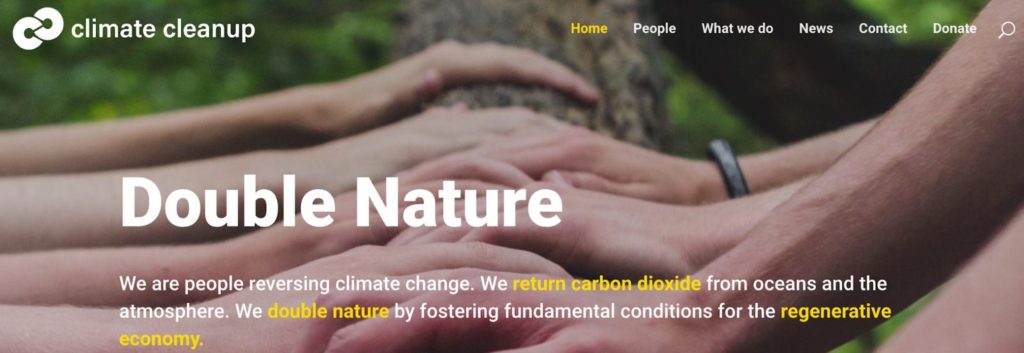
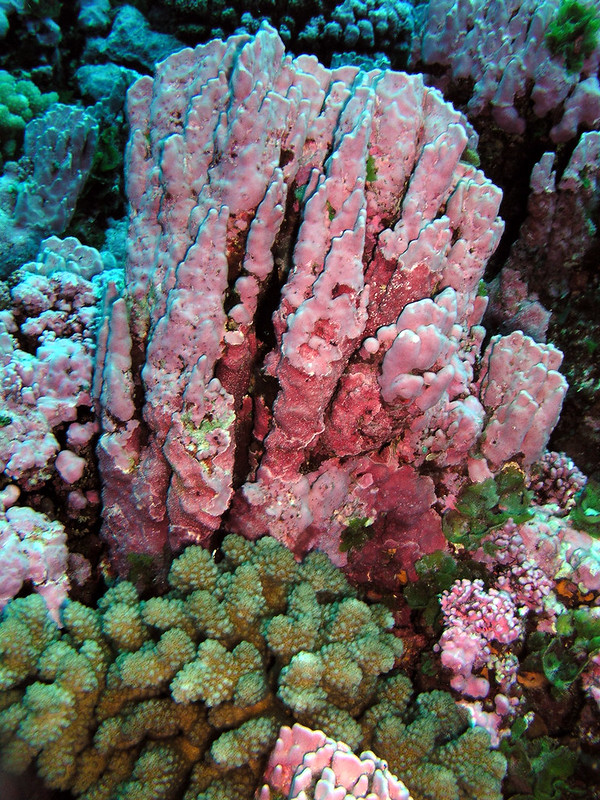
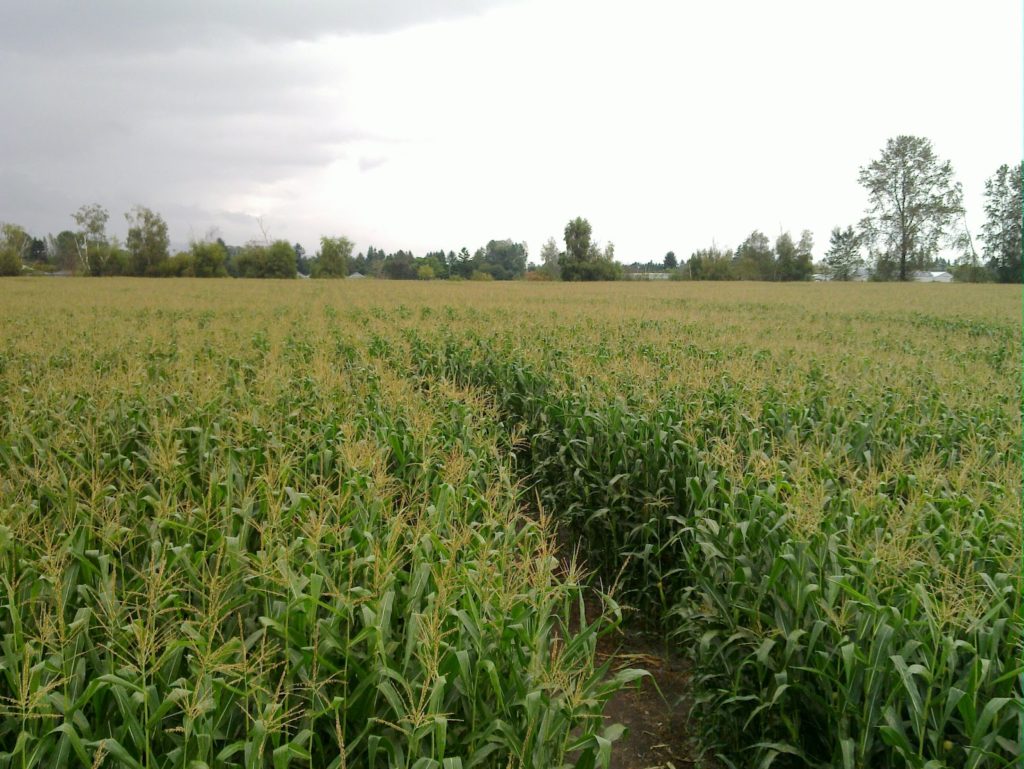






Bob Vasily
January 22, 2023 (8:43 am)
An excellent conference summary.
Thank you, Amanda.